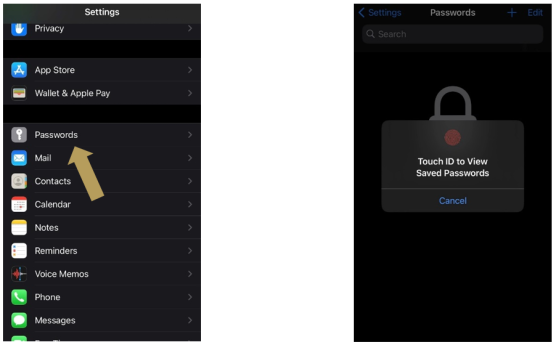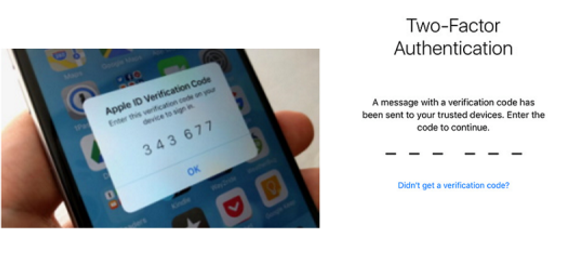How to ensure your email is always secure
Below are two of the most important and successful ways you can protect yourself and your email account:
- Strong passwords – most online accounts, retailers etc. have great auto-generated strong passwords that contain all character types. These are far less easy to guess than personalised passwords that may be names, significant birthdays or pets and children’s names. Often, once selected these can also be auto-saved on your smart phone or device and stored in a protected folder on your device. See iPhone example below.

- Enable two-factor authentication (2FA) – this is an electronic method that utilises two different layers of security to assure access to a website or application is granted to the verified and intended user. A common example is after entering login details and a password, you are prompted to back it up with a code sent only to your phone or email. These codes also expire after a set period of time.

Top Tips
- It is advised to change your passwords every 60 – 90 days
- Most sites highlight the ‘strength’ of your password (if choosing your own) and won’t allow ‘weak’ options
- Use more than one email account, it is ideal to separate your work/business email from your personal one for example. In some cases, access to or logging into certain accounts requires a second as back-up for password recovery and acts as an additional layer of security/identification verification to manage possible unauthorised access.
- For more information from Action Fraud, including how to change passwords and enable two-factor authorisation for several types of email and social media accounts click here.



